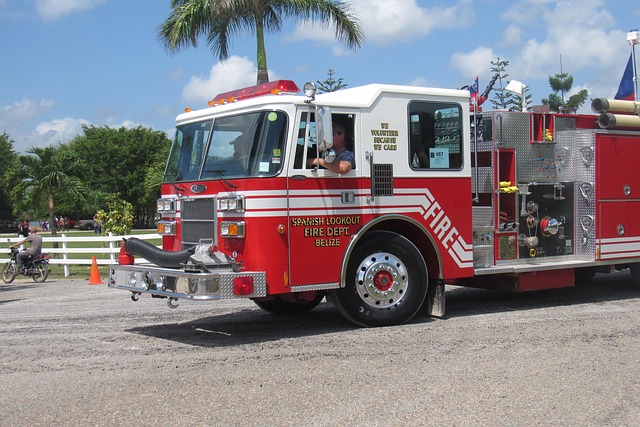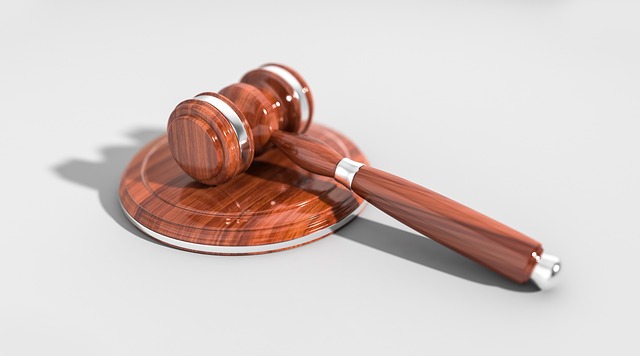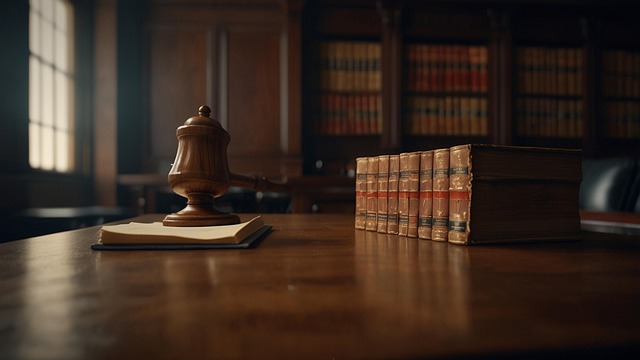Accident injury documentation is crucial for successful legal cases, especially personal injury claims, nursing home abuse, and real estate disputes. It involves gathering medical records, police reports, witness statements, photos, and physical evidence to support the client's account. Detailed documentation enables understanding of accident sequence, causation, and damages, focusing on physical pain, emotional distress (in personal cases) and neglectful care (nursing homes). Organizing this evidence is key, with professional legal help categorizing it for clear presentation to judges and juries, enhancing compensation chances for accident injuries. Medical records are vital concrete evidence in such cases.
Building a compelling legal case starts with robust accident injury documentation. When pursuing compensation for injuries sustained in an incident, having detailed records is paramount. This article guides you through gathering and organizing essential evidence, from immediate post-accident reports to comprehensive medical records. We explore why well-presented accident injury documentation is crucial for strengthening your claim and increasing your chances of a favorable outcome.
- Gathering Essential Accident Injury Documentation
- Organizing and Presenting Your Evidence
- Understanding the Role of Medical Records in Legal Cases
Gathering Essential Accident Injury Documentation

When building a legal case, especially for personal injury claims or complex cases like nursing home abuse and real estate litigation, having robust accident injury documentation is paramount. The first step in this process involves meticulously gathering evidence that supports the client’s narrative of the incident. This can include medical records detailing injuries, police reports, witness statements, photographs of the scene and any relevant physical evidence.
A comprehensive understanding of the accident sequence, causation, and resulting damages requires careful documentation. For instance, in a personal injury case, documenting the extent of physical pain and emotional distress experienced by the victim can be crucial. Similarly, in nursing home abuse scenarios, medical records that show a sudden decline in health or new injuries could be pivotal in proving neglectful care. Effective documentation forms the backbone of any legal strategy, providing a clear picture of the events leading up to and following the accident.
Organizing and Presenting Your Evidence

Organizing your evidence is a critical step in building a compelling legal case. In the context of personal injury claims, such as car accidents or truck accidents, thorough and well-organized accident injury documentation can make all the difference. Start by gathering all medical records related to your injuries, including diagnoses, treatment plans, and progress reports. These documents not only validate the extent of your injuries but also establish a clear timeline of events.
Additionally, collect evidence like photographs of the accident scene, any relevant surveillance footage, witness statements, and insurance correspondence. A car accident attorney or real estate litigation specialist can help you categorize and present this information in a way that is easily understandable for both the judge and the jury. Effective documentation ensures your story is told accurately, enhancing your chances of securing the compensation you deserve for your truck accident injuries.
Understanding the Role of Medical Records in Legal Cases

Medical records play a pivotal role in building a robust legal case, especially when it comes to accident injury documentation. These records serve as concrete evidence, providing an accurate and detailed account of an individual’s injuries, treatments, and recovery processes. In legal proceedings, where the validity of claims is scrutinized, well-documented medical history can be the difference between a successful case and one that falls short.
For various types of disputes, including real estate disputes or defective products, having comprehensive medical documentation is invaluable. It helps establish the extent of harm caused, supports the need for compensation, and provides a clear timeline of events leading up to and following the incident. This evidence is crucial in convincing judges and juries, ensuring that plaintiffs receive the appropriate injury compensation based on the severity and impact of their injuries.
Building a robust legal case starts with meticulous documentation of accident injuries. By gathering essential evidence, organizing it effectively, and understanding the significance of medical records, individuals can navigate the legal system with confidence. Solid accident injury documentation is key to presenting a compelling case and ensuring just compensation for injuries suffered.






